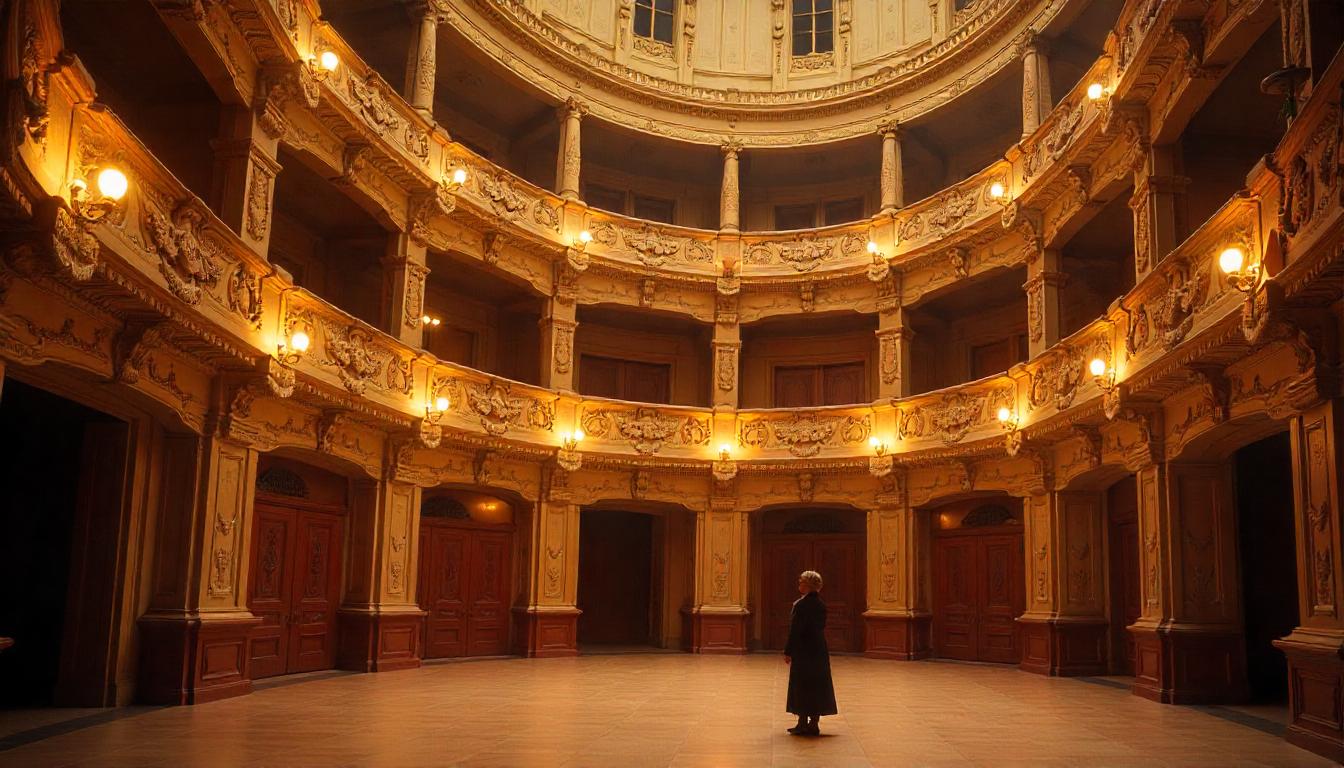≡-Milan’s Iconic Teatro alla Scala Targets Casual Attire with New Dress Code Policy – Viral of Today
<> Viral of Today <>
Home » Italy Travel News » Milan’s Iconic Teatro alla Scala Targets Casual Attire with New Dress Code Policy Monday, July 14, 2025Milan’s iconic Teatro alla Scala has recently implemented a new dress code policy aimed at addressing the rise in casual attire among patrons. This policy was introduced in response to an increasing number of visitors arriving in informal summer clothing such as shorts, tank tops, and flip-flops. The esteemed opera house, renowned for its cultural heritage and refined atmosphere, seeks to maintain its tradition of elegance and sophistication by encouraging attendees to dress in a manner befitting the venue’s prestigious status. This move ensures that La Scala continues to offer an experience that reflects its rich history while still being welcoming to a broad audience.Teatro alla Scala Tightens Dress Code to Preserve Elegance and PrestigeMilan’s iconic Teatro alla Scala has long been a symbol of cultural refinement, known for its grandeur and its deep ties to the rich history of opera and ballet. Recently, the prestigious venue has made a significant change that is catching the attention of both locals and tourists. La Scala has implemented stricter dress code regulations, particularly targeting patrons and tourists who show up in casual summer outfits like shorts, tank tops, and flip-flops. Those who fail to meet the newly imposed standards will be denied entry to the theater.For years, Teatro alla Scala has been an institution where elegance and sophistication were paramount. In the 19th century, the opera house was the epicenter of Milanese high society, a place where the wealthy elite gathered to enjoy world-class performances. Patrons were expected to wear their finest clothes—tailcoats, cravats, and elegant evening gowns were the norm. These formal requirements were a symbol of the opera house’s exclusivity and the status of its audience.However, over time, these extravagant standards softened. In recent years, La Scala took a more relaxed approach, reflecting a global trend in cultural institutions to engage a broader and more diverse audience. This shift was influenced by former French director Dominique Meyer, who advocated for a more welcoming atmosphere. He famously stated that he would prefer to see the theater filled with patrons in casual dress rather than an empty auditorium. The goal was to make opera more accessible to a wide range of people, beyond the traditional elite who were once the only patrons of such venues.This philosophy reflected a broader movement within opera houses around the world. Many renowned theaters have made efforts to engage younger audiences and increase the appeal of opera by making it more inclusive. Special programs, events, and initiatives have been implemented globally, aiming to break down the perception that opera is only for the wealthy or the well-dressed. The idea is simple: opera should be a cultural experience for all people, not just the elite.At La Scala, however, the decision to reintroduce a more formal dress code is not a rejection of inclusivity. Instead, it is a response to a growing trend: the influx of tourists to Milan. While the shift towards casual dress had initially been embraced as part of La Scala’s open and inclusive approach, the increase in tourists visiting Milan in recent years has led to more individuals arriving at the opera house in overly casual attire. Shorts, flip-flops, and tank tops, which are more appropriate for a day at the beach than an evening at the theater, began to dominate the audience.The management at La Scala, recognizing the importance of maintaining its prestigious status, decided it was time to reassert its commitment to a more sophisticated environment. The theater’s rich history and its role as a global symbol of opera cannot be compromised by a decline in decorum. The new regulations are an attempt to maintain the dignity of the institution and to ensure that the experience of attending La Scala remains a special and unique one.While the dress code now prohibits casual summer wear, it still allows for elegant, yet modern attire. Gentlemen are encouraged to wear a jacket, while women can don chic, fashionable outfits that reflect the theater’s refined atmosphere. The goal is not to impose a rigid or outdated fashion standard, but rather to maintain an atmosphere that reflects the history, grandeur, and cultural significance of the opera house.This decision has sparked a debate, with some applauding the move as necessary to preserve the dignity of such a prestigious institution, while others view it as an attempt to exclude certain groups of people from experiencing the arts. Nonetheless, La Scala’s dress code change is not aimed at discouraging younger or more diverse audiences, but at ensuring that visitors, regardless of age, embrace a sense of occasion when attending such an esteemed venue.Milan’s Teatro alla Scala has introduced a new dress code policy to address the growing trend of casual attire among visitors. The move aims to preserve the opera house’s long-standing tradition of elegance and maintain a refined atmosphere for all performances.The new regulations are likely to be closely observed as they unfold, especially in light of La Scala’s broader commitment to being an inclusive institution. The challenge for the opera house will be to strike a balance between welcoming a diverse audience and preserving the elegant traditions that have long defined it. As the world continues to change, so too must cultural institutions like La Scala, adapting while retaining the core values that make them unique.
This information will surprise you!
See also
- Read until the end to discover everything.
- Important information you need to know.
- Interesting facts and helpful tips.
Conclusion
Did you enjoy the news? Keep following us daily!













